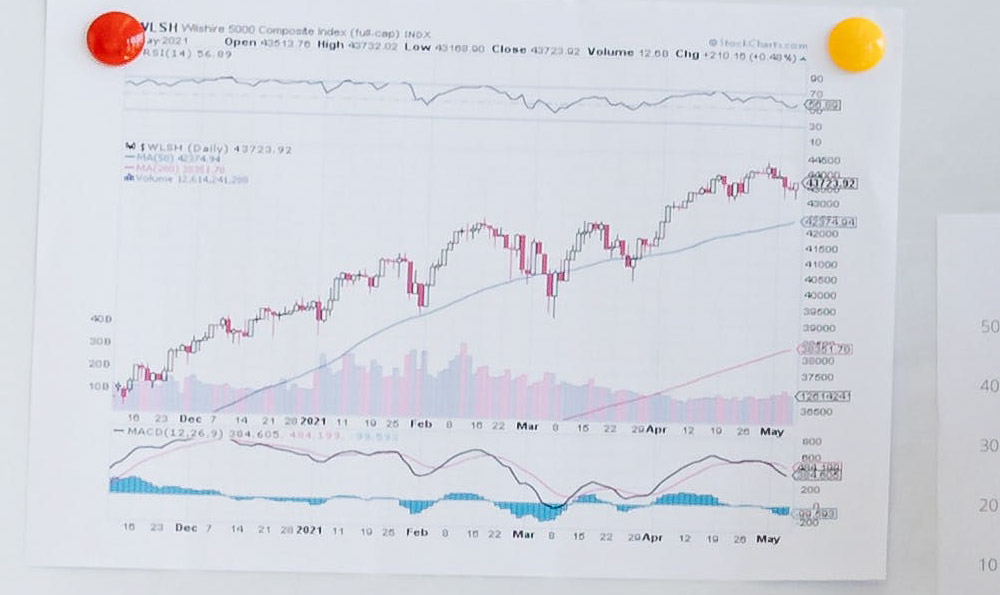How much money does a Twitch streamer make? What factors influence their income?
Let's delve into the fascinating and often unpredictable world of Twitch streaming income. The question "How much money does a Twitch streamer make?" doesn't have a simple answer. It's a multifaceted issue influenced by a complex interplay of factors. Attempting to provide a single dollar figure would be misleading, as income varies wildly, ranging from a few dollars a month to hundreds of thousands, even millions, annually. To understand the earning potential of a Twitch streamer, we need to dissect the various income streams and the variables that affect them.
One primary source of income for Twitch streamers is subscriptions. Twitch offers tiered subscription levels, typically ranging from $4.99, $9.99, and $24.99 per month. Streamers with Partner or Affiliate status receive a portion of this subscription revenue. The split used to be 50/50 for entry level subscriptions, with Twitch taking the other half. However, Twitch has introduced a revenue share model that potentially allows partnered streamers to retain a larger percentage, especially those that are driving a good amount of subscribers to the platform. The exact percentage depends on several factors, including the streamer's size and the terms of their contract with Twitch. A streamer with a large and dedicated subscriber base can generate a significant income stream from subscriptions alone. For example, a streamer with 1,000 subscribers at the $4.99 tier, retaining the majority revenue, could be looking at several thousand dollars per month before taxes. Building this subscriber base takes time, effort, and consistent, engaging content.
Another significant revenue stream comes from donations. Twitch viewers can donate directly to streamers through various methods, often using third-party platforms like Streamlabs or Stream Elements. These donations are typically one-time contributions, and the streamer receives the entire amount (minus any platform fees). Donations are often driven by viewer appreciation for the streamer's content and personality. Streamers often acknowledge donations on stream, creating a direct connection with their viewers and encouraging further support. The amount of income generated from donations is highly variable and depends on the streamer's popularity, the generosity of their audience, and the effectiveness of their donation appeals. Some streamers may receive a few dollars in donations per stream, while others may receive hundreds or even thousands of dollars, especially during special events or charity streams.

Advertising revenue is also a contributing factor, though often less significant than subscriptions or donations for smaller streamers. Twitch Partners can run advertisements during their streams and receive a share of the advertising revenue. The payout rate depends on factors such as the number of viewers watching the ads and the demographics of the audience. While advertising revenue can be a consistent source of income, it can also be disruptive to the viewing experience, so streamers must carefully balance advertising revenue with maintaining viewer engagement. The CPM (cost per mille, or cost per thousand views) varies considerably based on the season, the type of audience, and the advertising demand.
Beyond these direct Twitch-related income streams, many streamers also earn revenue through sponsorships and brand deals. Companies may pay streamers to promote their products or services on stream, through sponsored segments, product placements, or affiliate links. Sponsorships can be a lucrative source of income, but they require streamers to build a strong brand and audience and to maintain a professional reputation. Securing sponsorships often requires networking, outreach, and a compelling pitch to potential sponsors. The value of a sponsorship deal depends on factors such as the streamer's reach, engagement rate, and the relevance of their audience to the sponsor's target market.
Affiliate marketing is another avenue for income generation. Streamers can promote products or services using unique affiliate links, and they receive a commission on any sales generated through those links. Affiliate marketing can be a relatively passive source of income, but it requires streamers to carefully select products or services that are relevant to their audience and to promote them in an authentic and non-intrusive way. Transparency is crucial, as viewers are more likely to support affiliate links if they trust the streamer's recommendations.
Merchandise sales can also be a significant source of income for established streamers. Streamers can sell branded merchandise, such as t-shirts, hoodies, mugs, and other items, through their own online stores or through third-party platforms. Merchandise sales allow streamers to monetize their brand and to create a tangible connection with their fans. The success of merchandise sales depends on factors such as the quality of the merchandise, the design, and the effectiveness of the streamer's marketing efforts.
Now, let's consider the factors that influence a streamer's income. One of the most important factors is audience size and engagement. Streamers with a larger and more engaged audience are more likely to generate higher revenue from subscriptions, donations, advertising, sponsorships, and merchandise sales. Building a large and engaged audience requires consistent, high-quality content, a strong personality, and effective community management. Streamers must also be active on social media and other platforms to promote their streams and to connect with potential viewers.
Another critical factor is content quality and niche. Streamers who offer unique, entertaining, or informative content are more likely to attract and retain viewers. Finding a niche within the broader streaming landscape can also be beneficial, as it allows streamers to target a specific audience and to establish themselves as experts in a particular area. The overall presentation, including audio and video quality, also greatly impacts viewership.
Consistency is also key. Regular streaming schedules help viewers know when to tune in, and consistent effort in creating content and engaging with the community fosters loyalty. Inconsistent streamers are likely to see their audience dwindle, which will negatively impact their income.
Networking and collaboration are also essential for success. Streamers who collaborate with other streamers can reach new audiences and expand their reach. Networking with industry professionals and attending streaming events can also open up new opportunities for sponsorships and partnerships.
Finally, luck plays a role. The Twitch streaming landscape is highly competitive, and some streamers may find success more quickly than others due to factors beyond their control, such as being discovered by a popular streamer or having a viral moment. However, hard work, dedication, and a strategic approach can significantly increase a streamer's chances of success.
In conclusion, the income of a Twitch streamer is a complex and variable matter, influenced by a multitude of factors. It's not a get-rich-quick scheme but rather a business that demands dedication, creativity, and strategic thinking. Aspiring streamers should focus on creating high-quality content, building a strong community, diversifying their income streams, and maintaining a professional reputation. By understanding the various factors that influence income and by putting in the necessary effort, streamers can increase their chances of achieving financial success on Twitch. Remember that transparency with your audience and responsible financial management are paramount.















